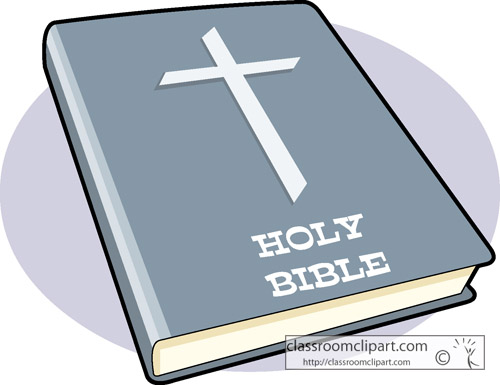
The rubric in the confirmation service requires the bishop to lay only one hand, symbolising that he has less spiritual authority than an apostle who laid both hands. Laying on of hands is part of Anglican confirmation, anointing of the sick, and other parts of liturgy and pastoral offices. Also possibly Acts 14:23, where "ordained"-Greek: χειροτονήσαντες-may be translated "extended the hand".) The use of the laying on of hands for the ordination of church officers has continued in many branches of Christianity. The New Testament also associates the laying on of hands with the conferral of authority or designation of a person to a position of responsibility. Initially the Apostles laid hands on new believers as well as believers (see Acts 6:5–6). In the New Testament the laying on of hands was associated with the receiving of the Holy Spirit (see Acts 8:14–19). Main article: Christian laying on of hands
Hands on a bible full#
Laying on of hands can also refer to the practice of laying hands over one's sacrificial animal ( sin-offering), before it was slaughtered, based on a teaching in Leviticus 4:24: "And he shall lay his hand upon the head of the goat." In Pseudo Jonathan's Aramaic translation of the Pentateuch, the translator of the verse explains its sense: "And he shall lay his right hand with force on the head of the goat." According to Philo of Alexandria, the custom of laying on of hands was done in conjunction with a declaration, where the owner of the animal would say: "These hands have not taken a bribe to distort justice, neither have they divided the spoil, etc." According to Jewish tradition, the first dispute in Israel concerned whether or not it was permissible to lay hands upon one's sacrificial animal by applying one's full body weight on a Festival Day. However, it seems to have continued at least until 425 CE when Theodosius II executed Gamaliel VI and suppressed the Patriarchate and Sanhedrin. Many medieval authorities believed that this occurred during the reign of Hillel II, circa 360 CE. The exact date that the original semikhah succession ended is not certain. This chain of hands-on semikhah continued through the time of the Second Temple, to an undetermined time. Their successors in turn ordained others. The elders later ordained their successors in this way. Moses also ordained the 70 elders ( Num 11:16–25). The Bible adds that Joshua was thereby "filled with the spirit of wisdom". by the laying on of hands: Num 27:15–23, Deut 34:9. Moses ordained Joshua through semikhah-i.e.

The laying on of hands was an action referred to on numerous occasions in the Hebrew Bible to accompany the conferring of a blessing or authority.


 0 kommentar(er)
0 kommentar(er)
